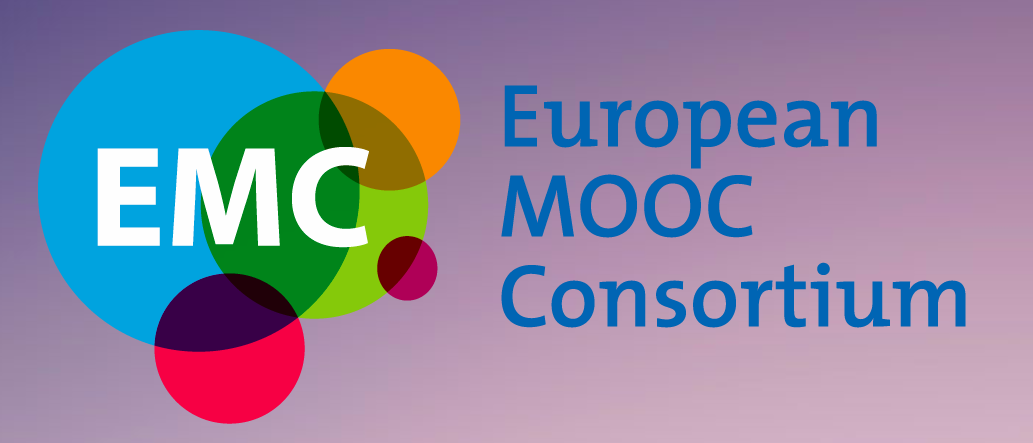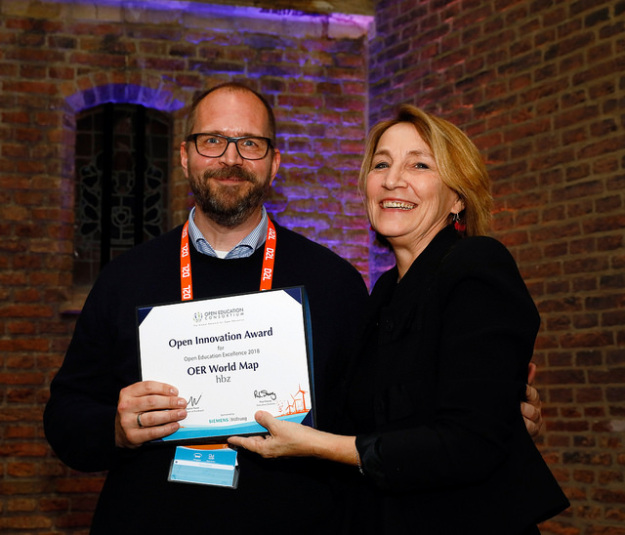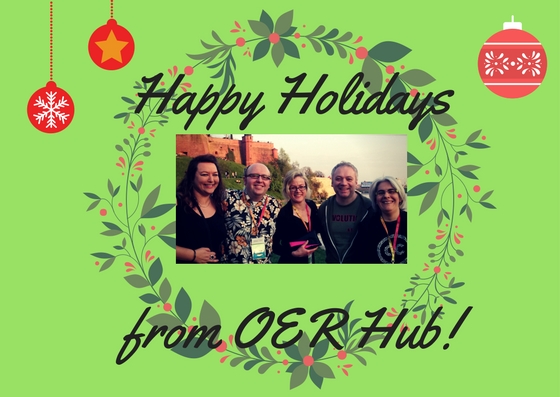Mary Burgress and David Port are kicking things off on the final day of Open Education 2015 with their keynote on open textbook adoption in BC – time for a liveblog!
The idea of the presentation is to tell the story of the project as well as to honour those involved: people, community, and supporters. From the early days the government nurtured the open movement because they could see great potential. British Columbia often experiences itself as cut off from the rest of Canada and can feel like a natural space for experimentation. There have been many paths to openness within the province.
- Open Learning Agency was a Crown Agency of the province of British Columbia, Canada. Its primary function is the management of Knowledge, a public television station in BC, although it once played a larger role in education and a university function, before being scaled back by the BC government in 2004.
- Clint LaLonde was a producer of 12 week radio courses in the 1990s. CKMO was broadcasting about 20 hours a week as part of their public service mandate – before the days of the internet. While this wasn’t branded as ‘open education’ it was really part of the genesis here.
- Gina Bennett donated some material to Wiki Curriculum in 2006 and this was a route into learning about OER.
- Irwin DeVries spoke about how technologies were enablers but the human component is the critical aspect
- In 2002 the Canadian government tried to encourage a culture of collaboration and open licensing, taking copyright away from the Crown. Brian Lamb explains that at the time there were attempts to standardise learning objects. Stephen Downes argued that these standards were the wring approach: we must enable, not require.
- Many thinkers were even more outré than the administrators who were trying to lead the process. Scott Leslie encouraged people to think of open education as a movement that fundamentally empowers faculty. The idea of the open educator as DJ / remix culture was taken up as a way of linking OER to learning design in a networked environment.
- Paul Stacey was an advocate who saw OER as more than a strategy for educational programmes and more to do with changing culture in favour of personal and institutional collaboration.
During this period, more than 255 courses were developed as a result of more than $10 million of investment. In 2012, after hearing about what had been achieved, a more concerted attempt was made to promote open policies and the open licensing of publicly funded educational resources. Cable Green was instrumental in co-ordinating these efforts.
Textbooks emerged as a focus area because they were easily understood and had a clear practical use. The BC Open Textbook Program 2012 was born with the aim of providing open textbooks for the 40 most subscribed courses. It brought together a range of institutions and roles. Rather than starting everything from scratch materials from Saylor, OpenStax, Merlot and others were (re-)used, localised, adapted and rewritten.
Key considerations here included:
- Addressing concerns about the quality of OER
- Providing a high level of support to faculty as they moved towards adoption
- Accessibility and universal design for learing
So what’s in the pipeline for the future?
- Drive the current rate of 10% adoption to a higher level. Paul Stacey has suggested building a complete degree comprised entirely of OER. This could be strategically linked to identified deficiencies in the labour market.
- Making educational resources open by default
- Innovate open pedagogies by working with a range of faculty (including librarians and instructional designers)
- Provide leadership at a senior level, taking bold actions to support the development of the correct infrastructure
- Support student and grassroots groups in advocacy and awareness raising
- Greater institutional recognition for using, creating and sharing OER – supported by policies such as those recently enacted at Tidewater Community College.
- Develop librarian focus from Open Access towards Open Educational Practices
- Compliance from bookstores who can help by providing printing services for open textbooks
- Instructional designers who understand open pedagogy, and can design for student-centred learning
- Sustainability can be promoted by building capacity in individual institutions as the current model is relatively centralised
Here’s Beck Pitt’s sketchnote of the session:









Leave A Comment